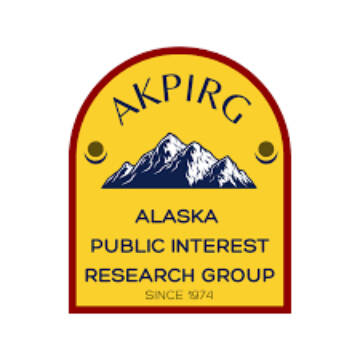In June, Gov. Mike Dunleavy announced that he had installed 50 solar panels on his homestead, joining the growing movement of homeowners who are investing in renewable energy on their properties. It’s a wise investment — generating solar energy at home offsets electricity costs and carbon emissions, creating greater energy security during a time of uncertainty for Alaska’s energy future.
Since 2010, only homeowners have been able to invest in and earn monthly bill savings from rooftop solar — leaving most Alaskans out of the clean energy transition.
This dynamic changed on Aug. 13, when Gov. Dunleavy signed Senate Bill 152, “Saving Alaskans money with Voluntary community Energy,” or the SAVE Act, into law.
The SAVE Act enables Alaskans to invest in and share the benefits from renewable energy (most commonly solar, but also wind, micro-hydro, or other renewables) not directly connected to their electricity meters. Community solar allows renters, businesses, and other individuals who otherwise haven’t been able to invest in rooftop solar to enjoy these benefits by subscribing to a community energy facility. If you pay an electric bill, you should be able to subscribe to a community energy project and reduce your monthly energy bills.
The SAVE Act was passed to create a new environment of energy prosperity for Alaskans. It gives Alaskans greater energy choice, unlocks millions of dollars in private sector investment, and builds the cheap, clean energy future we need to power Alaska’s growing economy.
In order for the SAVE Act to be most effective, generate the most clean electricity, and provide the biggest bill savings, we will need continued collaboration between our cooperative utilities, independent power producers, and the Regulatory Commission of Alaska (RCA).
The RCA is now tasked with determining a number of critical details that will shape the way community solar works in our state. We hope Alaska can fulfill the Department of Energy’s goal of ensuring community solar subscribers save the same amount as rooftop solar owners — an average bill reduction of 20%. It is the most equitable and effective approach to ensuring all Alaskans can receive the dividends from generating cheaper, cleaner energy.
We encourage the RCA to extend its current full net metering policy to community energy facilities, so renters and homeowners alike will be compensated for their energy production at the retail rate. The success of community energy programs in Alaska depends on regulators and utilities following through on the core purpose of the SAVE Act: allowing all Alaskans equal access to the benefits of renewables.
We will also need the engagement of everyday Alaskans who want to generate clean power and reduce their electricity bills. The public has an opportunity to engage in the creation of effective and equitable implementation of this new law. To ensure the best community energy program possible, The Alaska Center and AKPIRG will be encouraging strong public participation throughout the RCA process.
With the help of independent power producers, Railbelt cooperatives, and the Regulatory Commission, the SAVE Act has the opportunity to supercharge Alaska’s energy economy. Over the past decade, individual Alaskans have financed and constructed 16 megawatts of distributed electrical generation through rooftop solar and traditional net metering. If the SAVE Act is implemented equitably, we have a chance to triple the pace of deployment over the next decade, by committing to a target of deploying 50 megawatts of community energy online by 2035.
Generating 50 megawatts of community energy will make a meaningful difference in our energy supply. In the near term, every megawatt of generation that comes online makes a difference in the Cook Inlet gas crisis. Conserving gas and generating as much electricity from solar, wind, and small hydro will prolong the life of Cook Inlet gas — delaying the need for costly gas imports that will raise all of our electric bills. Making electricity cheaper is the key to our best energy future.
Now is the time to start developing community projects to reach our 50 megawatt community energy target. Community solar projects are possible in all kinds of places. Now that the SAVE Act is law, we get to look at rooftops of our community buildings, schools, apartment complexes, and strip malls in a new way.
Gov. Dunleavy is saving money on his electricity bill with solar panels installed at his homestead. Now is the time for our energy developers, regulators, and co-ops to ensure all Alaskans have access to comparable cost-savings from community energy.
The Alaska Public Interest Research Group is a nonpartisan consumer advocacy and research nonprofit organization. Alex Petkanas is the Climate & Clean Energy program manager at the Alaska Center. Natalie Kiley-Bergen is the AKPIRG energy lead. Philip Wight, PhD, is an energy policy analyst at AKPIRG.

